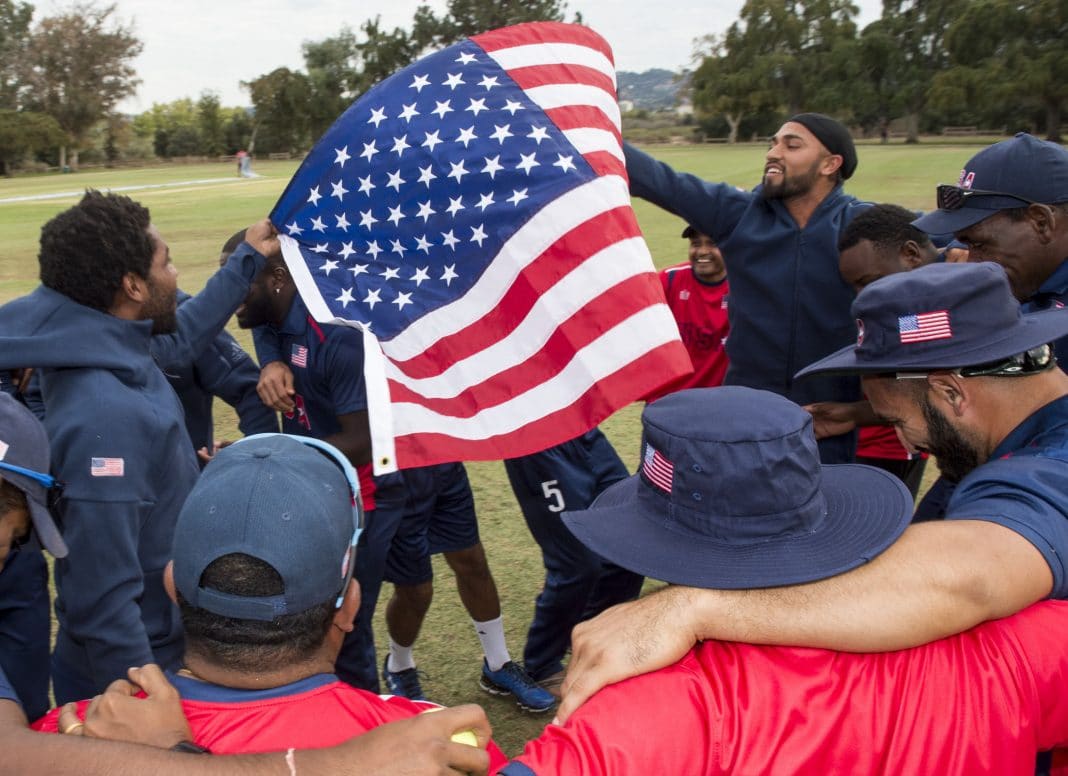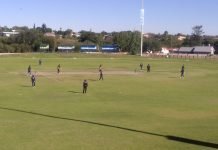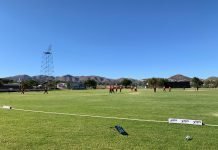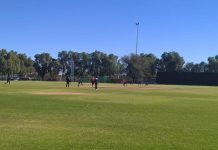For a team that had for years been little more than a punchline thanks to the chaotic antics of its so-called administrators, “we will play ODIs and the World Cup” seems a lofty ambition. But those are the worlds of USA head coach Pubudu Dassanayake in a recent Times of India interview, and it would be a brave cricket writer who bet against him. Dassanayake last year guided the Americans out of a decade of looping purgatory in WCL divisions 3 and 4 with their breakthrough qualification in Oman.
Something of a supercoach at Associate level, the Sri Lanka/Canada dual international oversaw his adopted homeland’s successful qualification for the 2011 Cricket World Cup, then guided Nepal from Division 4 to Division 2 of the WCL (with a WT20 appearance along the way) before moving back to North America in late 2016. So far his ambition, drive and no-nonsense approach has spurred a remarkable turnaround from a bunch of talented underachievers to a cohesive unit firing as a team. As he told TOI, “They play together, believe in each other and look at themselves as a part of the team.”
Off the field, a direct takeover of the administration by the ICC has certainly helped Dassanayake’s job; suspension and subsequent expulsion of the shambolic USACA turned their governance from laughingstock to competent virtually overnight. Additionally, the Americans have benefitted from the ICC’s changes to eligibility rules. The relaxed criteria allowed them to recruit Barbados pair Aaron Jones and Hayden Walsh Jr. – the latter added to the USA’s WCL3 squad mere days after he played against them in the West Indies’ domestic Super50 Cup. The Caribbean duo immediately proved their worth in Oman, as Jones topped the batting charts with 200 runs at 40, and Walsh made important contributions in both disciplines, collecting 7 wickets at 18.14 and 167 runs at 33.4.
A patient right-hander, Jones faced more deliveries (308) at WCL3 than any of his USA colleagues. The fact that he batted at 4 highlights his ability to drop anchor, both in recovery after early losses and in building a platform – so with conditions set to be hard work for the batsmen, his steady hand in the middle order will be crucial to guiding his side to competitive totals in Windhoek this month.
At the top of the order, powerful Jamaican-born right-hander Xavier Marshall returns to USA colours from a year-long exile after a spat with the administration. The former West Indies representative dominated the seven 50-over matches during their recent preparation tour of the UAE, with 392 runs at a strike rate of 86.34, including three half-centuries and a monstrous 170 to answer his critics. With a proven ability to go big, and WCL tournaments typically on the lower-scoring side, Marshall’s firepower could prove decisive in helping the USA set imposing totals.
Arguably their biggest star, Florida native Steven Taylor is the Americans’ batting trump card. Tall, strong, intimidating, and with the power hitting to match his physicality, Taylor is the USA’s most explosive batsman. In two T20Is against the UAE, the left-hander bludgeoned 121 runs at a strike-rate above 150, and followed up by thumping 233 runs across the 50-over series at an average of 38.83 and SR of 94.71. Originally a wicketkeeper, Taylor has since added a third string to his bow by developing into a handy offspinner; in the UAE his bowling was a revelation, topping the American wicket tally with 16 victims at an impressive average of 13.19 across the 6 innings he bowled. With spin likely to be used heavily in Windhoek, Taylor looks set for plenty more overs.
Likely to be leading the spin contingent is
Pace bowling on the sluggish pitches of Namibia will be a matter of quality over quantity, and in zippy right-
Partnering Khan with the new ball is that rare breed – a fast-bowling captain. Promoted to the
With a settled-looking batting order balancing steady accumulators and big hitters, the USA likely won’t tinker too much with the lineup that impressed in the UAE. But so many bowlers vying for just two specialist slots (Khan and Netravalkar are presumably automatic selections), the USA selectors may opt for a flexible approach. Two spinners seems most likely, but the presence of Taylor and Walsh among the batsmen could tempt them to free up space for a third seamer; in that role it will be a toss-up between the veteran left-
Best XI (probable): 1. Xavier Marshall, 2. Monank Patel, 3. Steven Taylor, 4. Aaron Jones, 5. Jaskaran Malhotra (wk), 6. Jannisar Khan, 7. Hayden Walsh Jr, 8.








Yeah, “Team USA” is looking up, but at what cost? No country has gone the Plastic Passport
route more than this team, scrounging up anyone from anywhere who meets the watered down
ICC eligibility. Development of native talent has been completely abandoned and “Team USA” remains
the only AA that doesn’t have a single native born/bred player on the team. Never had, and on the present
path, never will. “Team USA” rising…cricket in America sinking….the game remains an alien, insignificant, sport only
played by foreigners.
Tim, I think you’re being a little unfair in your comments as Steven Taylor (Florida), Nostush Kenjige (Alabama), and Jessy Singh (NYC) were all born and grew up in the USA.
That said, I do agree it’s disappointing that the US domestic players are rarely good enough for the national side, but considering how shambolic their administration has been for so long, it’s probably not surprising; we’ll see how the junior programme develops now they have a somewhat competent leadership (certainly in Maryland it’s progressing in leaps and bounds). I’m cautiously optimistic.
Another interesting point (raised by Bertus de Jong) is how much the Americans seems to love backing a winner. So perhaps success can breed success! Yes, long term they will need to develop their own players because ultimately ex-FM players can only get you so far… certainly a lot is riding on their performance in WCL2.
NK,
Just being “born” in the USA doesn’t make you an “American” cricket player. Kenjige and Singh were born in the USA but grew up
in South Asia where they learned/played their cricket before coming back to USA. Taylor has closer ties to USA but he’s from a
Windies family and has left no doubt where his loyalties lie . As for the Maryland program; you need to look behind the hype.
They get a lot of little American kids playing Kwik Cricket but after a couple of years these American kids leave the game never to return.
All their competitive teams are virtually 100% expat. Reports claim ICC has been spending more than $2 million a year on USA cricket during
USA’s suspension, and if you exclude the disastrous NIRSA program virtually every penny has gone to the national teams.
NONE to any other form of cricket development. Outrageous.
I desperately wanted this preview, Pubudu Dassanayake is a man with golden touch. He proved this with Canada in 2011 and Nepal where he entirely changed the perspective of cricket leading Nepal to Wt20 at Bangladesh in 2014. I am pretty sure, he does this again with USA. My predictions for top 4: Hongkong, USA, Canada, Namibia